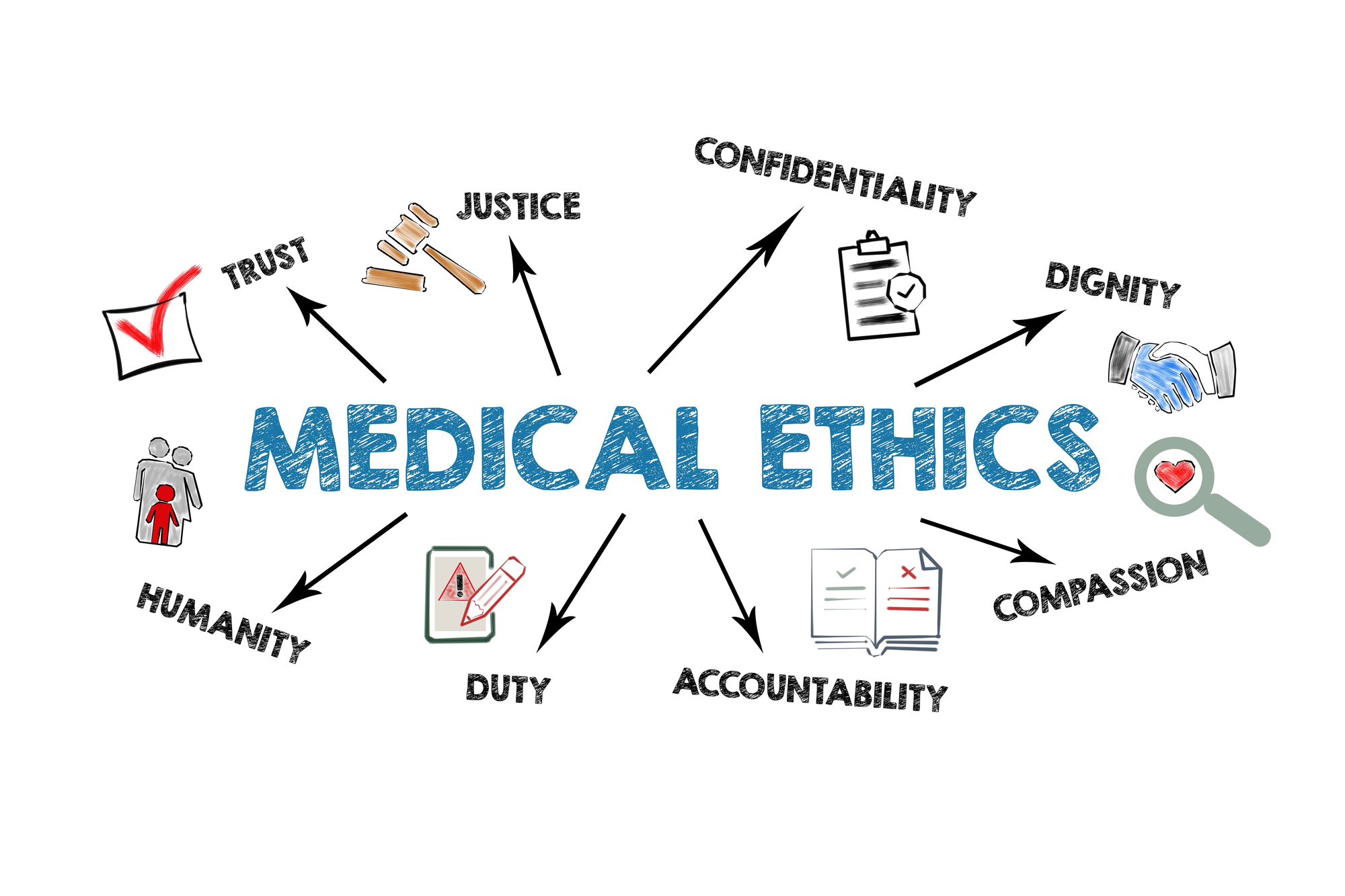 Written by Halley Jones,
Written by Halley Jones,
A lousy day here, a sleepless night there—some changes in your attitude or behavior can appear little at first—but these little signals might occasionally indicate the beginning of more serious mental health problems. Identifying these early warning signals can help to address issues before they become more serious. Not only for yourself but also for everyone around you; knowing what to look for is vital.
Understanding the Weight of Unexplained Emotional Shifts
If you have seen inexplicable or protracted shifts in your emotional state, this might be the first indication of mental health problems. Without a clear reason, you might experience greater than-normal irritability, anxiety, or depression. These emotional changes could surprise you and make it hard to remember when or why they started. They are sometimes written off as transient stress, but if they continue, they demand more careful consideration.
Whether physical, psychological, or environmental, emotions are your body’s means of alerting you to something not quite right. Extended depression, for example, maybe more than simply a passing storm. Likewise, an explosion of irritation or rage might point to underlying tensions you have not fully addressed. Watch these changes and think about recording your emotions. Patterns may show up over time that would enable you to determine whether these changes fit a more general mental health issue.
Identifying Disruptions in Sleep and Energy Levels
Among the most important signs of your mental health is sleep. Underlying problems might be found in struggling to fall asleep, frequent awakening, or tiredness even after a full night’s sleep. Conversely, sleeping too much or depending on naps to get through the day might also be indicators that your mental health isn’t where it should be.
Your sleep habits usually mirror your preoccupation or overwhelm you with thoughts. While melancholy might leave you feeling exhausted and sluggish, anxiety could keep you up with racing ideas. Track any notable changes to your sleep schedule as well as your daily energy level. Often, a warning flag indicating your mental health needs care is feeling constantly tired despite a healthy diet and enough sleep.
Recognizing Withdrawal from Social Activities
One often disregarded early warning of mental health problems is social disengagement. If you find yourself avoiding phone calls, postponing activities, or dreading meetings with friends or family, this might point beyond simply a need for alone time. Often accompanying emotions of depression, worry, or worthlessness is isolation.
The difficult aspect of social disengagement is that it could make sense right at the time. Over time, these justifications—that you’re just too busy or that you’ll hook up with pals later—can start to show up often. Emotional support depends on maintaining relationships with people, so early identification and correction of this inclination helps avoid more severe problems like sadness or loneliness.
Monitoring Changes in Appetite and Physical Health
Your body and mind are close. Hence, mental health problems may show up as physical ones. Your hunger may be among the most obvious changes. Without noticing it, you can be eating either much more or less than normal. Your relationship with food can be influenced by stress, worry, and depression, either by stifling your appetite or by causing emotional eating.
Early warning signals might also be physical changes such as regular headaches, gastrointestinal issues, or inexplicable aches and pains. Though at first, they seem unrelated to mental health, these symptoms are commonly your body’s response to psychological stress. Please pay close attention to any ongoing medical problems and think about how they fit changes in your mental or emotional condition.
Evaluating Your Ability to Concentrate and Stay Motivated
Often making it more difficult to concentrate, solve difficulties, or stay motivated, mental health problems can have a major effect on your cognitive capacity. If you find yourself often forgetting things or if chores that used to feel simple suddenly seem daunting, these might be indicators of a more serious problem. Particularly stress and worry are well documented to disrupt focus and output. If you’re struggling, seeking support through mental health telehealth services can provide convenient access to professional help, making it easier to address these challenges and regain control over your well-being.
Often feeding emotions of dissatisfaction or self-doubt, this lack of attention fuels a cycle difficult to interrupt. Early recognition can enable you to put plans for management into action, including dividing chores into smaller, more doable chunks or using mindfulness practices to stay present. Head-on addressing cognitive changes helps to stop them from ballooning into more serious problems.
Losing Interest in Activities You Once Enjoyed
Dealing with mental health issues can affect nearly every aspect of your life. It often causes a noticeable shift in the way you experience activities that you used to enjoy. This is called anhedonia, a symptom of depression. It can leave you with a sense of emptiness, where the activities that used to bring happiness no longer hold the same appeal or satisfaction. This creates a vicious cycle: the more you pull away from the things you once loved, the more isolated and disconnected you can feel.
These symptoms further feed anxiety and other discomfort. It can make it difficult to feel fully present as a result. The disconnection can feel like an identity shift, where you begin to lose touch with who you were before and lose your sense of purpose in life. This sense of loss in purpose and drive is difficult to navigate but understanding that it’s a symptom of your mental health struggle is an important step toward recovery as it is not permanent as it may seem.
Conclusion
Early warning of mental health problems calls for self-awareness and a readiness to pay attention to your body and mind. You are positioning yourself for improved mental health and well-being by seeing these indicators and acting early to solve them. Remember that giving your mental health top priority is among the finest investments you can make in yourself; trust your intuition and ask for help when necessary.
Author Bio
Hi, my name is Halley Jones. I’m a freelance content writer and guest author with a passion for crafting engaging and informative articles on a variety of topics. I have 5 years of experience in the industry and know how to create content that resonates with readers. In my spare time, you can find me hiking, trying out new recipes in the kitchen, or curled up with a good book.
Please also review AIHCP’s Grief Counseling Certification program and see if it meets your academic and professional goals. These programs are online and independent study and open to qualified professionals seeking a four year certification

 Written by Bailey Hudson,
Written by Bailey Hudson, Written by
Written by  By Lucy Peters,
By Lucy Peters, Written by Jeremy Carter.
Written by Jeremy Carter. Written by Harry Wolf.
Written by Harry Wolf. Written by Nadine Westwood
Written by Nadine Westwood
 By Daria Lalaiants.
By Daria Lalaiants. Written by
Written by